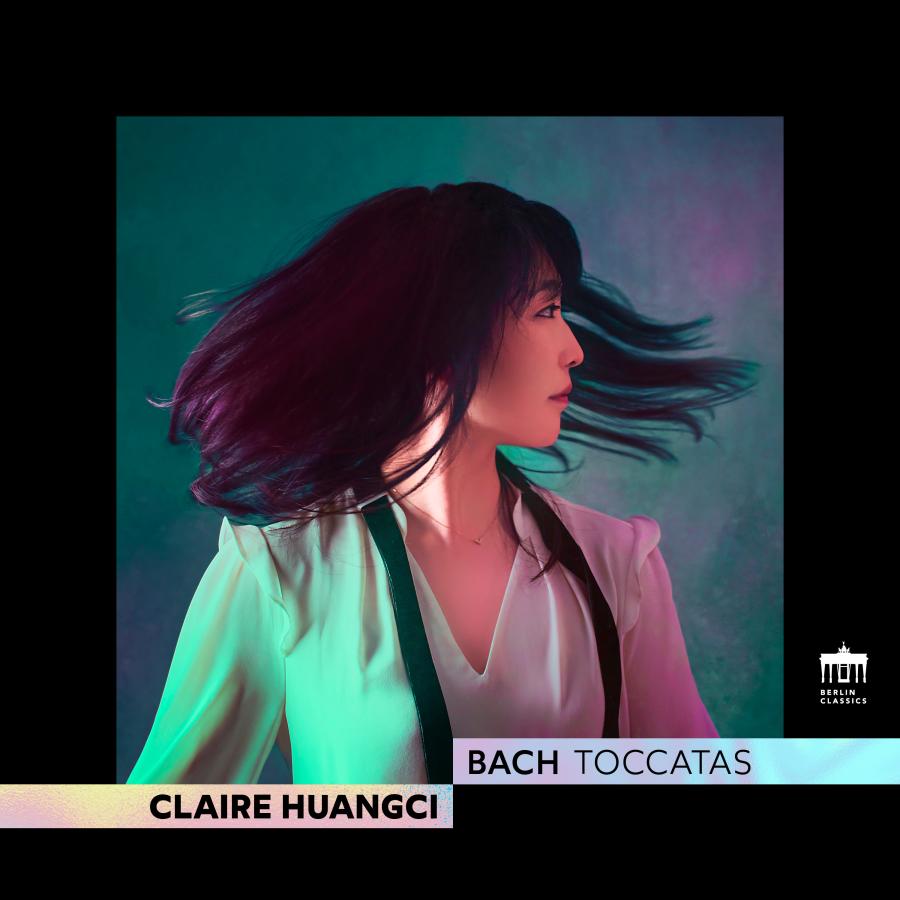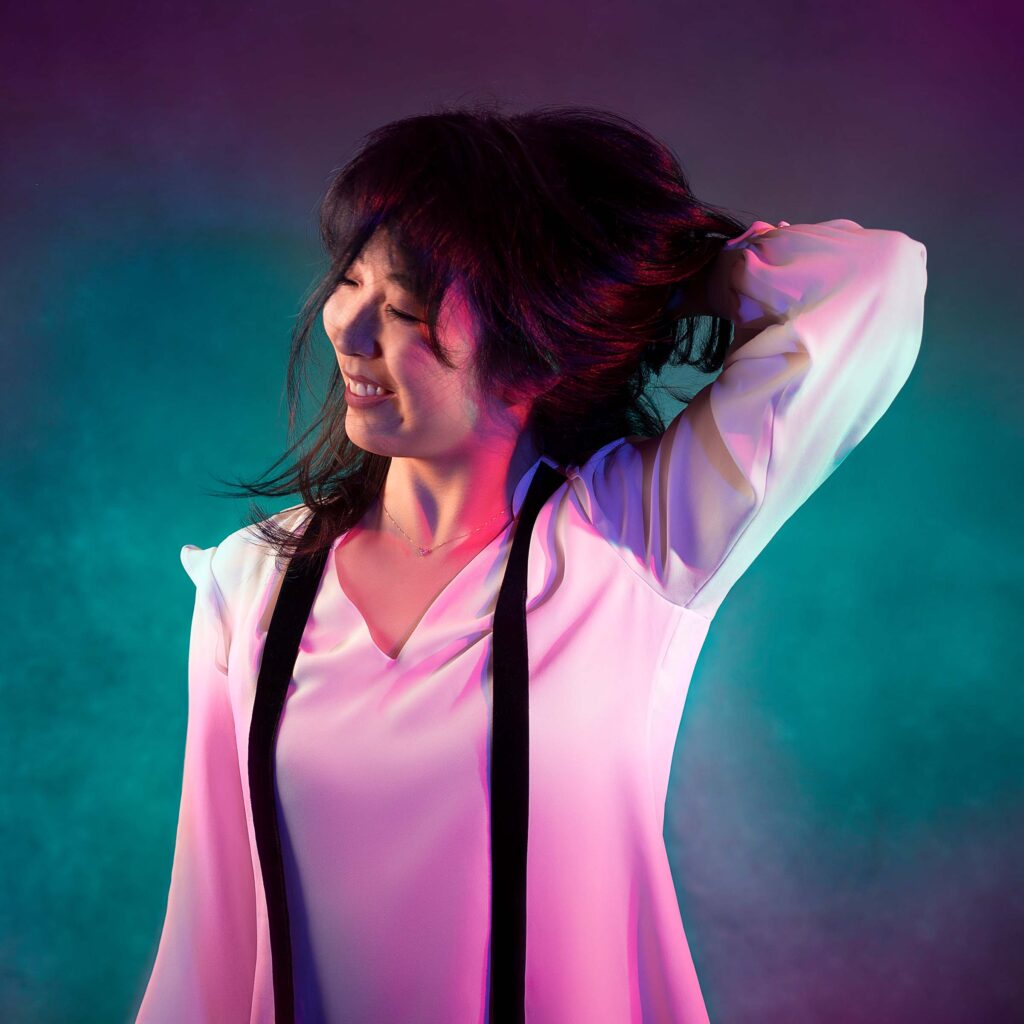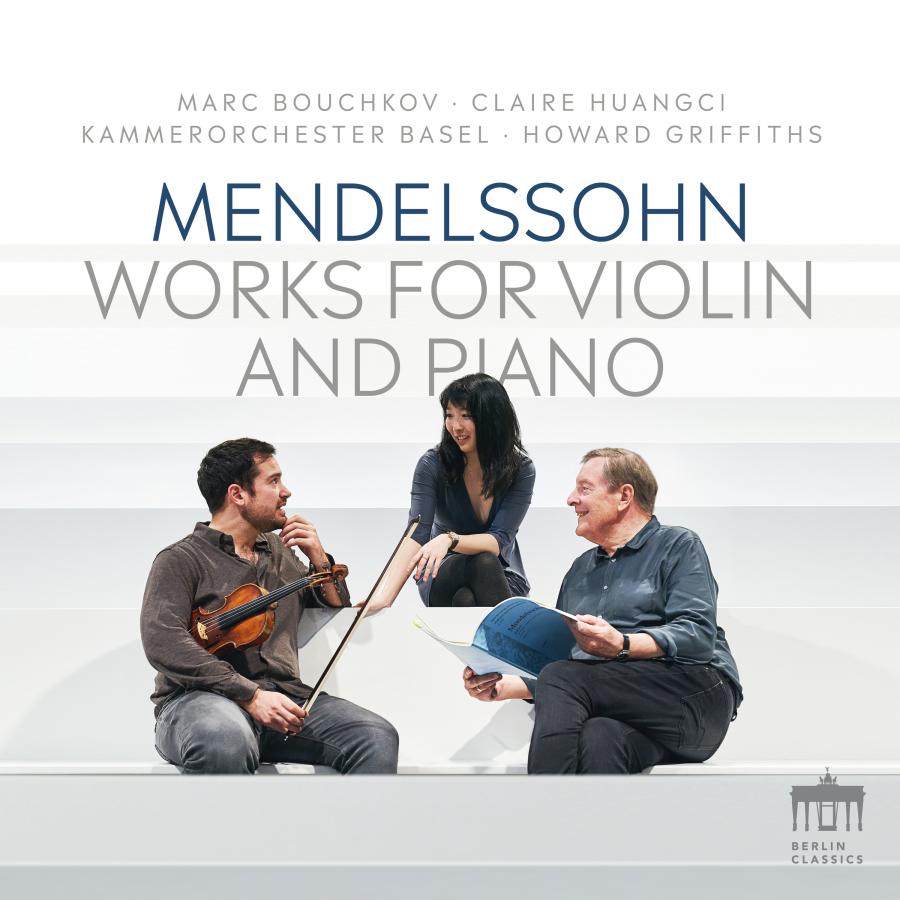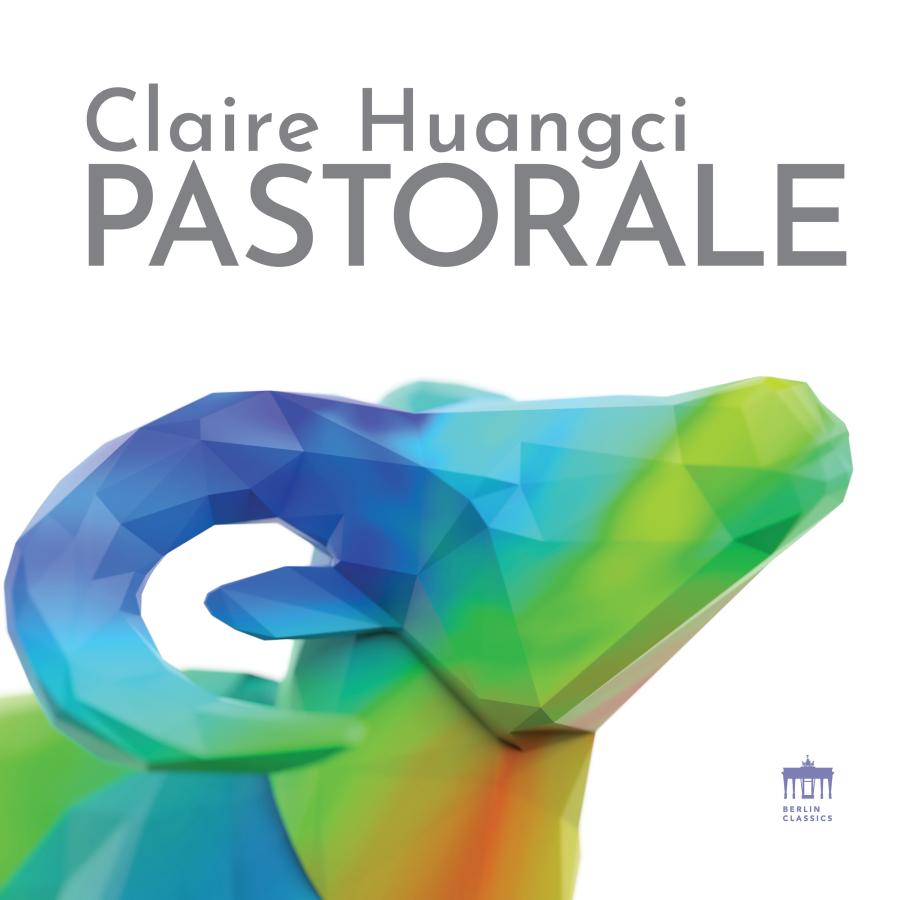When Claire Huangci goes into raptures about the Toccatas, she talks about the less well known side of Johann Sebastian Bach: the “rather mischievous, imaginative and humorous Bach”, whose Toccatas were bright spots for her in the past year. “Sometimes my body swayed while I was playing almost as if I was on the dance floor and the music possessed my whole body” – and she learnt a lot about touching, that is to say, about pianistic touch.
The Italian word toccare – “strike, touch, feel” – summons up in its very etymology the whole spectrum of pianistic challenges that Bach tucks away in the structure of his seven Toccatas. Claire Huangci’s engagement with the works goes well beyond her studio recording of them: she edited the fingering for the authoritative publishing house of Henle, something which gives interested amateurs and concert pianists alike an unusually personal insight into her music-making. Both the fingering on the Henle Library App and the studio recording from Berlin Classics will be available from 10 September.
On her most recent album, the pianist Claire Huangci made her first discographic foray into the chamber-music world of Ernest Chausson and Maurice Ravel.
Now, aided by the choice of a Yamaha CFX, she looks back on her new album practically to the start of her professional career, to her highly acclaimed Scarlatti album. Recorded in Bremen’s tradition-steeped Broadcasting Hall, she shows yet again just how close she is to the Baroque repertoire.
The album begins with the most famous toccata in music history, though it is not the sort of work we are used to hearing played on a solo piano recording. Ferruccio Busoni’s transcription of the world famous Bach D minor Toccata, which takes the work normally heard on a mighty Baroque organ and has it played in romanticised manner on a piano keyboard, provides a captivating start, seeming to blow the cobwebs out of the keys, and whets our appetite for the original Bach and all of his seven Toccatas. All were written during Bach’s years in Weimar and bring him alive as a composer who is well versed in the serious art of Baroque counterpoint, yet contrasts this mastery with improvisational, virtuoso runs and dreamy slow passages.
Claire Huangci, who at just 31 has already produced an impressive discography, is at home in the most diverse musical eras. In this CD programme her musical diversity comes perfectly into play, whether in the finely traced slow middle movement of the D major toccata, the dazzling brilliance of the beginning of the G minor toccata or the romanticised excesses of the Busoni transcription of BWV 565. The American pianist, who has recently made her home in Frankfurt am Main, has been attracting attention for quite some years now. She was winner of the first prize and a Mozart prizewinner at the Concours Géza Anda in 2018 and has since been performing in venues around the world. At the start of the 2020/21 season she made a huge impression with her captivating interpretation of Liszt’s transcription of Beethoven’s 6th Symphony, which she performed at many venues during the Beethoven anniversary year, including at the Rheingau Music Festival and in cooperation with the streaming platform MagentaMusik 360 as well as at the Ruhr Piano Festival. One highlight in the autumn of 2020 was her recital tour where she played in the Vienna Konzerthaus, the Berlin Philharmonie and the Elbphilharmonie in Hamburg.






















